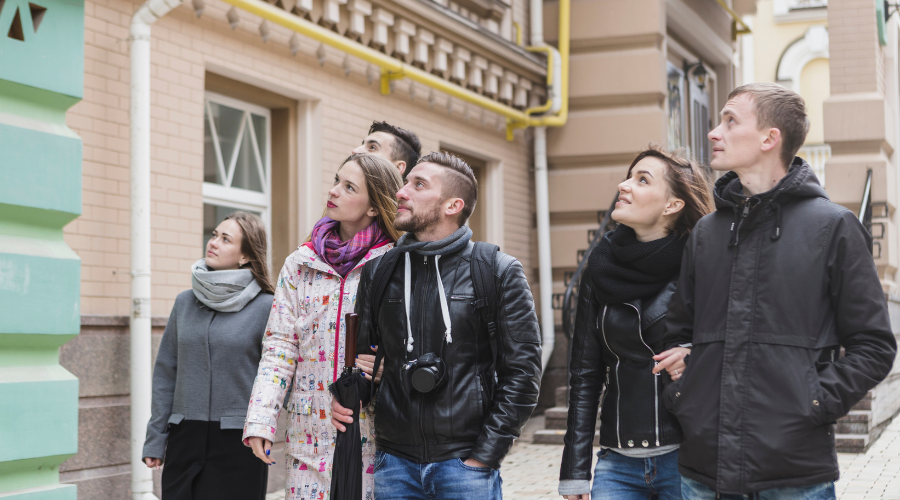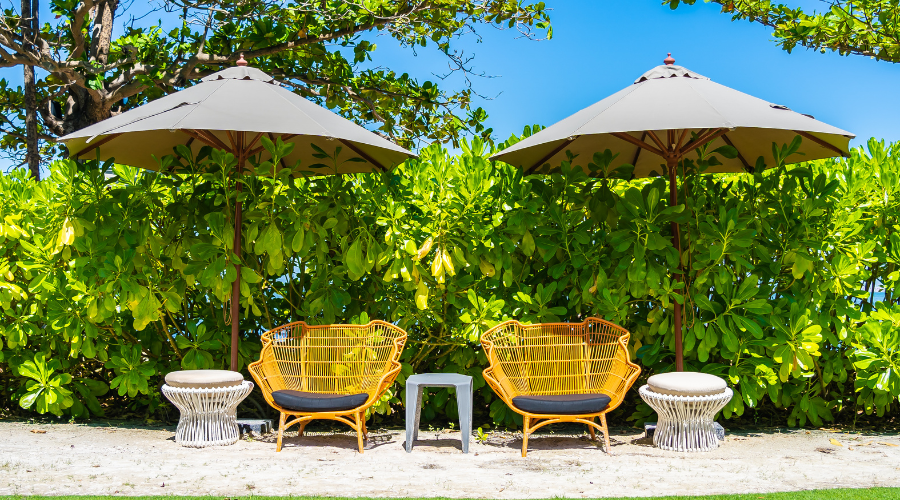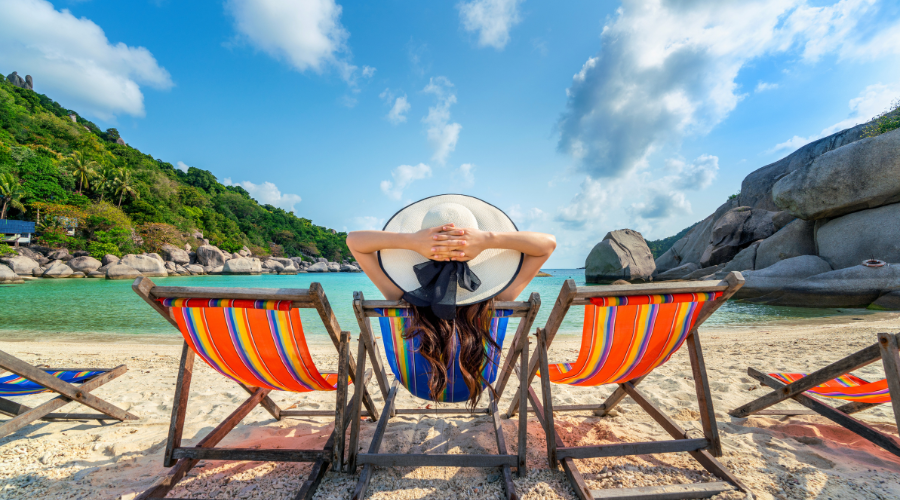Have you ever come home from a trip feeling more tired than before you left? Many travelers rush from place to place, trying to see everything at once. But there’s a new way to explore the world, slow travel. It’s all about taking your time, connecting with places deeply, and truly enjoying the journey.
Slow travel isn’t just a passing trend. It’s becoming the future of tourism because it values experiences over speed. Let’s explore why slowing down might be the smartest way to travel.
What Is Slow Travel?
Slow travel is a mindset, not a schedule. It means exploring fewer places but enjoying them more deeply. Instead of checking off destinations, you soak in local culture, meet people, and live like a local.
For instance, consider spending a week in a cozy village instead of rushing through five cities. You have time to learn the area, taste local dishes, and join a community event.
This kind of travel isn’t about moving slowly; it’s about being present. You enjoy every small detail, from morning walks to local conversations. It turns travel into something meaningful rather than just memorable.
The Fast Travel Problem
Modern tourism often feels like a race. People rush from one landmark to another, taking photos but missing real experiences. This “checklist travel” leaves travelers exhausted and disconnected.
Fast travel also harms the environment. Frequent flights increase carbon emissions, while overcrowded tourist spots damage natural and cultural sites. Popular destinations like Venice and Machu Picchu now limit visitors to protect their heritage.
In contrast, slow travel reduces this impact. By staying longer in one place and using local transportation, travelers leave a lighter footprint. It’s not just better for people, it’s better for the planet.
The Core Principles of Slow Travel
Slow travel follows a few simple but powerful ideas.
1. Connection
Spend time with locals, learn their stories, and share moments. A warm conversation can be more valuable than a photo.
2. Sustainability
Travel in ways that protect nature. Take trains or buses instead of short flights. Eat locally grown food. Stay in eco-friendly lodges or small guesthouses.
3. Presence
Enjoy every moment. Turn off your phone for a while. Listen to street music, watch sunsets, or write in a travel journal. These moments make trips unforgettable.
When you travel slowly, you don’t just visit a place, you become part of it.
Benefits of Slow Travel
Slow travel offers numerous benefits, which is why more people love it.
Deeper Cultural Connections
You learn local customs and traditions when you spend time in one place. You might join a cooking class, visit a family-owned café, or help in a community garden. Sites like Responsible Travel offer tours focused on local experiences.
Less Stress, More Joy
Without rushing, you have time to relax. You can enjoy long breakfasts, wander hidden streets, or take spontaneous detours. Travel becomes more peaceful and refreshing.
Better for the Planet
Fewer flights and longer stays reduce pollution. Choosing local transport, reusable bottles, and sustainable stays helps protect the environment. Small actions make a big difference.
More Meaningful Memories
When you slow down, you notice little things: a smile from a shopkeeper, the smell of rain, or the rhythm of a town square. These small memories often outlast any selfie.
How to Practice Slow Travel
Slow travel isn’t complicated. Anyone can do it with a few simple changes.
- Stay longer: Spend at least a few days in each location.
- Use local transport: Trains, buses, and bikes let you see more of the area.
- Stay local: Choose homestays, hostels, or Airbnb Experiences.
- Shop and eat local: Support small shops, markets, and cafes.
- Disconnect: Limit screen time and connect with real life.
Even short trips can be “slow” if you stay present and curious.

Slow Travel and Sustainability
One of the biggest strengths of slow travel is sustainability. The planet needs travelers who care about their impact.
When you stay longer, you take fewer flights, which lowers carbon emissions. Choosing local transport reduces pollution too. Supporting local businesses helps communities thrive. Instead of big chains, your money goes directly to families and artisans.
Slow travelers also respect nature. They avoid over-tourism and visit places responsibly. This helps preserve natural parks, wildlife, and cultural sites. In short, slow travel keeps destinations beautiful for future generations.
Travel companies are adapting too. Intrepid Travel now emphasizes eco-friendly and community-focused experiences. This shift indicates that tourism is shifting towards care, rather than just convenience.
Why Slow Travel Is the Future
Travelers today want more than photos; they want purpose. The rise of sustainable tourism and digital fatigue has changed how people travel. Many now prefer peaceful trips that refresh the mind and body.
After the pandemic, people began craving authentic connections and calm environments. They no longer want packed schedules or crowded resorts. Instead, they seek meaningful journeys that bring balance and joy.
Destinations worldwide are also promoting slow travel. Countries like Italy and Japan are now prioritizing small villages and eco-towns over major cities. The future of travel lies in depth, not distance.
Slow travel creates memories that last and communities that thrive. It’s not just a travel style, it’s a lifestyle shift.
Conclusion
The future of tourism is not about speed; it’s about connection. Slow travel helps us enjoy life’s moments while protecting the planet. It teaches us to care for people, cultures, and nature.
Next time you plan a trip, choose depth over distance. Stay longer, walk slower, and look closer. You’ll return home with stories, not just souvenirs.
So, go slow. See more. Feel more. Travel the world as it’s meant to be explored, one meaningful moment at a time.







